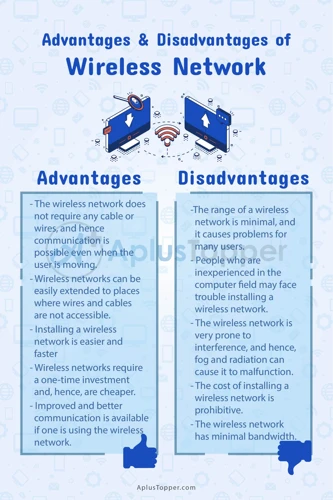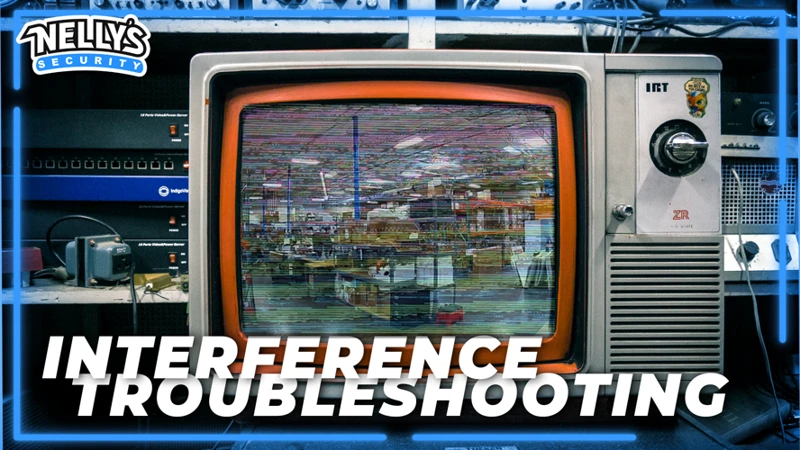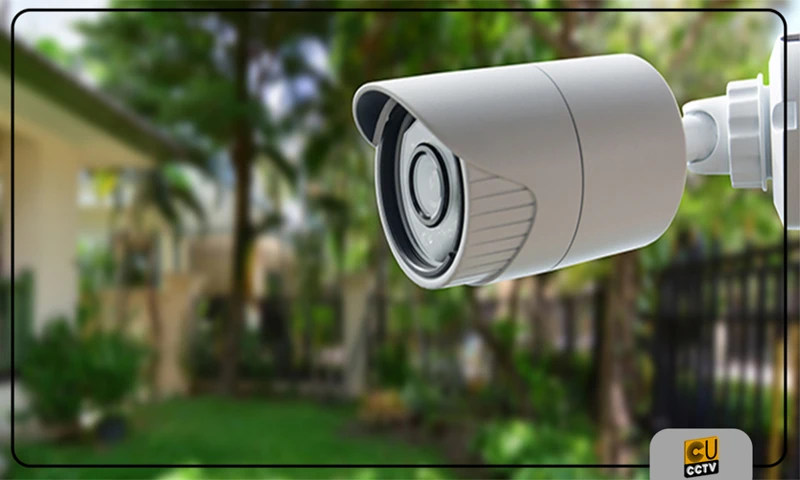In today’s fast-paced world, security has become a top priority for both individuals and organizations. Wireless video surveillance systems have emerged as a popular choice due to their flexibility, ease of installation, and accessibility. However, like any technology, they come with their own set of limitations. This article delves into the various challenges and limitations that come with the adoption of wireless video surveillance systems, providing a comprehensive understanding of what to expect and how to mitigate potential issues.
Dependency on Network Connectivity

Signal Interference
Wireless video surveillance operates over Wi-Fi or other wireless networks, making it susceptible to signal interference from various sources such as microwave ovens, cordless phones, and neighboring Wi-Fi networks. This interference can lead to signal loss, degraded video quality, and even complete system outages, posing a significant risk to security.
Bandwidth Limitations
The quality and reliability of wireless video surveillance heavily depend on the bandwidth available. High-definition video streams require substantial bandwidth, and when multiple cameras feed data simultaneously, it can strain the network, leading to dropped frames, lower video quality, or even system crashes.
Security Vulnerabilities

Hacking and Unauthorized Access
Being connected to the internet makes wireless video surveillance systems vulnerable to hacking and unauthorized access. Cybercriminals can exploit weaknesses in the network security to access video feeds, manipulate recordings, or disable the system entirely, compromising privacy and security.
Firmware Updates and Maintenance
To combat security vulnerabilities, regular firmware updates and maintenance are crucial. However, many users neglect this aspect, leaving their systems exposed to known exploits and security holes. This maintenance challenge can severely undermine the effectiveness of a surveillance system.
Power Supply Issues

Battery-Operated Cameras
While battery-operated cameras offer the advantage of easy installation and repositioning, they also come with the downside of requiring frequent battery replacements or recharges. This can lead to gaps in surveillance if not properly managed, affecting the reliability of the surveillance system.
Power Outages
In the event of a power outage, wireless video surveillance systems without a backup power source will cease to operate, leaving premises unmonitored. This limitation highlights the importance of having a robust power backup plan in place for continuous surveillance.
Environmental Constraints
Physical Obstructions
The performance of wireless video surveillance can be significantly affected by physical obstructions like walls, buildings, and trees, which can weaken signal strength and reduce the effective range of the system. This limitation requires careful planning and placement of cameras to ensure optimal coverage.
Weather Conditions
Extreme weather conditions such as heavy rain, snow, or high winds can also impact the reliability and performance of wireless video surveillance systems. Such conditions can interfere with signal transmission or damage outdoor cameras that are not adequately weather-proofed.
Limited Field of View
Wireless cameras, especially those that are compact and easy to install, often come with a limited field of view. This limitation means that more cameras are required to cover the same area as a few wired cameras with wider lenses, potentially increasing the overall cost and complexity of the surveillance system.
Complex Setup and Maintenance
Network Configuration
Setting up a wireless video surveillance system requires a certain level of technical knowledge, particularly in configuring the network to ensure optimal performance and security. This complexity can be a barrier for users who are not tech-savvy, leading to improperly configured systems that fail to deliver the desired level of surveillance.
Regular Maintenance
Wireless video surveillance systems require regular maintenance to ensure their reliability and longevity. This includes updating software, checking battery levels, cleaning camera lenses, and ensuring that the network remains secure. Neglecting these tasks can lead to system failures and compromised security.
Cost Considerations
While wireless video surveillance systems eliminate the need for extensive wiring, they can still be expensive due to the cost of the cameras themselves, high-quality wireless equipment, and the need for a robust network infrastructure to support high-definition video streaming. Additionally, the ongoing costs of maintenance and potential upgrades can add up, making it a significant investment over time.
Exploring the realm of video surveillance systems reveals a complex landscape of technology choices, each with its own set of advantages and challenges. While you’re delving into the limitations of wireless video surveillance, it’s beneficial to also understand the broader context in which these systems operate. For a more comprehensive perspective, consider exploring related topics such as the costs associated with wireless video surveillance, and how they compare to wired systems. Additionally, the benefits of remote monitoring offered by video surveillance can provide insights into why many opt for these systems despite potential drawbacks. To further your understanding, comparing wireless vs. wired surveillance costs can illuminate the financial considerations involved. Lastly, delving into the factors influencing the choice between wired and wireless video surveillance can offer a nuanced view of the decision-making process behind selecting the right system for your needs.
Conclusion
Wireless video surveillance systems offer a convenient and flexible solution for monitoring and security needs. However, understanding their limitations is crucial for anyone considering their use. From network dependency and security vulnerabilities to power supply issues and environmental constraints, these challenges require careful consideration and planning. By acknowledging these limitations and taking proactive measures to address them, users can enhance the effectiveness and reliability of their wireless video surveillance systems, ensuring that they serve their intended purpose of providing security and peace of mind.







